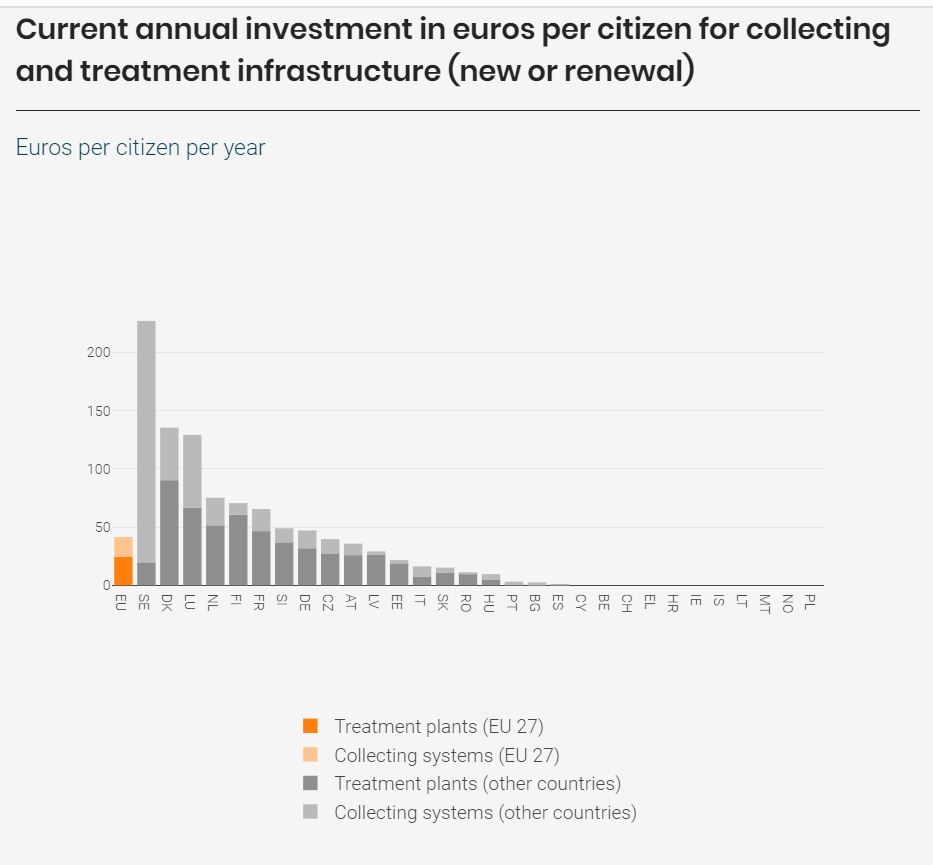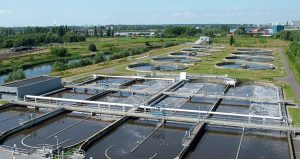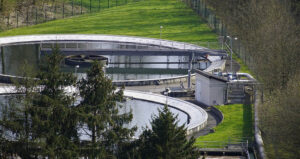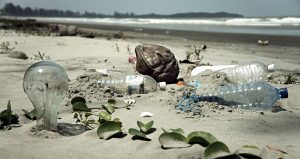Major challenges for Member States to meet UWWTD changes
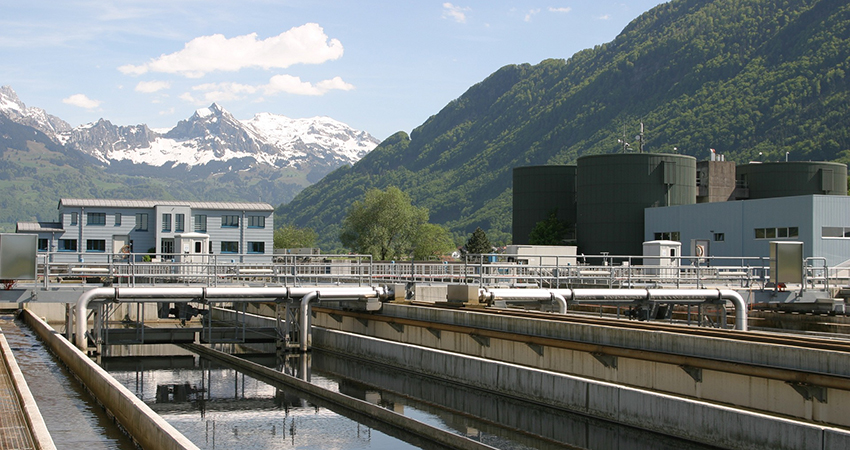
-
 Fergal MacErlean
Fergal MacErlean
Share article:
A huge investment in extra waste water treatment will be required to meet the proposed changes from the existing Urban Wastewater Treatment Directive (UWWTD). The challenging UWWTD changes include extra removal of nitrogen and phosphorus and the removal of micro-pollutants will increase costs for every EU-citizen.
In October 2022 the European Commission presented a proposal for a revised UWWTD. These include more stringent discharge limits for phosphorus and nitrogen with these measures to be applied to all waste water treatment plants (WWTPs) of more than 100,000 p.e., even if not in sensitive areas. The measures will also apply to all facilities above 10,000 p.e. located in areas where eutrophication remains an issue.
Extra removal requirements
Member States will need to step up from the current requirements to remove at least 75% of the total nitrogen and at least 75% of the total phosphorus from waste water to 82.5% for total phosphorus and 80% for total nitrogen by the end of 2035. A further goal is proposed for the end of 2040 of the removal of 90% for total phosphorus and 85% of total nitrogen.
Challenging objectives for many Member States
Reaching the stricter discharge limits is going to present less challenges for member states such as the Netherlands and Germany, both of which meet the current UWWTD requirements and remove more than 75% of total nitrogen and total phosphorus from their collected waste water. However, across the EU, the average of the member states’ waste water that is treated according to the requirements of the UWWTD is only 76%. In Ireland, the compliance figure is 44%, and in Romania, 12%.
Requirements for additional treatment
Under the proposal, new limit values will also be established for micro-pollutants that require additional treatment. This would apply first for all large facilities and then for facilities above 10 000 p.e. where there is a risk to the environment or public health. And, a system of producer responsibility targeting pharmaceutical and personal care products will be set to cover the additional treatment costs.
Due to the expected change to rainfall patterns and increased pollution levels from storm water overflows and urban runoff, Member States will need to ensure that integrated urban wastewater management plans are established at the local level. And the proposed directive also has the objective of reaching ‘energy neutrality’ for all wastewater facilities above 10 000 p.e by 2040.
Adjustments news UWWTD needed
In a position paper, EurEau, the European federation of national associations of water services, said: “The nitrogen removal requirements (85% or 6mg N/l) will need advanced treatment with full denitrification (demanding external sources of carbon – external carbon is needed if the nitrogen requirements are stricter than 10-12mg N/l), which will increase Green House Gas emissions (primarily nitrous oxide). Nutrient removal requirements will be difficult to reconcile with the requirement for energy neutrality. “We encourage nutrient treatment requirements to be redefined and adjusted to the size of the agglomeration (as in the UWWTD), establishing two thresholds (one for 100 000 p.e and above and another for between 10 000 and 100 000 p.e) to allow for a more cost-efficient implementation of nutrient removal requirements.”
Investments in water infrastructure
Clearly, the cost of implementing the proposed changes is going to be significant. The average current investment of EU countries for new collecting and treatment infrastructure, as well as for the renewal of ageing infrastructure, is 41 euros per citizen every year. But there are massive variations, as shown by the WISE-Freshwater data.
